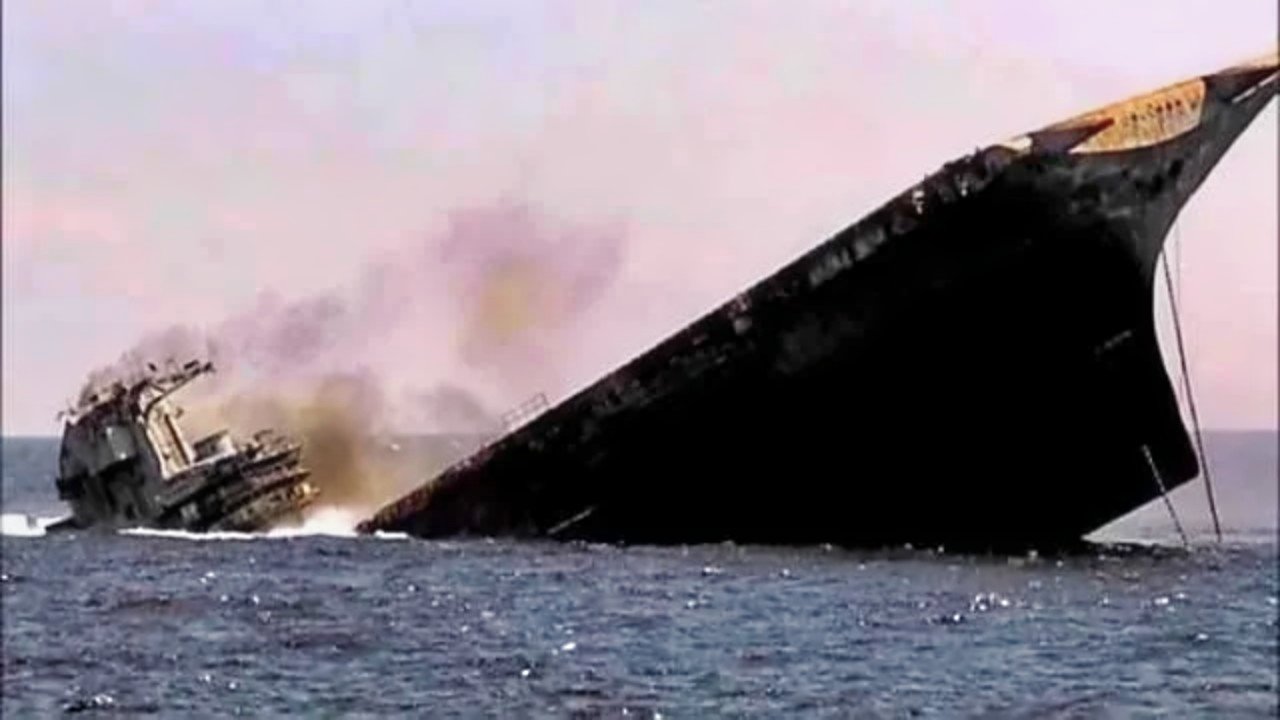What You Need to Know: Naval warfare is evolving, with the utility of large surface combatants like carriers, cruisers, and destroyers increasingly under scrutiny. Advances in drones, missile technology, and asymmetric tactics challenge these vessels’ survivability.

-Drones, cost-effective and capable of swarming, are difficult to detect and counter. Simultaneously, mass missile barrages can overwhelm defensive systems, as recent conflicts have demonstrated. Ukraine’s success in neutralizing much of Russia’s Black Sea Fleet—with no navy of its own—further underscores these vulnerabilities.
-This shift suggests large surface combatants may face obsolescence, pushing strategists to explore new, agile methods of projecting power in an era of multifaceted threats.
Are Large Warships Becoming Obsolete in Modern Naval Warfare?
Warfare is an ever changing art and navies the world are not excepted from this evolution. From oars, to sail, to steam, to flight, the nature of naval combat has undergone dramatic changes. Now, strategists and planners are beginning to debate whether another sea change is in order, namely, if there is a role for large surface combatants in modern naval conflicts.
What are large combatants?
Most of naval development has been aimed at making larger and larger ships, whether that be adding another deck of oars, another mast, or additional gun mounts. This notion of size being essential reached its peak with the supermassive battleships of the Second World War; ships such as the Iowa-class, the Yamato, the Bismarck, and the Prince of Wales.
Following several naval engagements in which air power, and not big guns, played a decisive role, most modern navies pivoted to having an aircraft carrier as the centerpiece of their fleet while phasing out the battleship. Carriers are the largest naval vessel by far still afloat today but they are accompanied by many other surface combatants such as cruisers and destroyers. Continued technological developments may now be putting all such ships at risk and driving navies to look into the new methods of projecting sea power.

Why large combatants may be obsolete:
Since the advent of naval aviation, surface combatants have always been vulnerable to threats from multiple axes, whether submarine launched torpedoes, shells fired by other warships, or bombs dropped from aircraft. Now, however, not only do these have far greater engagement ranges, but also some have multiplied in ways that may make it impossible for surface ships to respond.
The first major challenge facing ships is the proliferation of drones. Weather surface, subsurface, or airborne, drones represent a cost-effective way to launch attacks against a variety of targets. Indeed, earlier this year, Ukraine used sea drones to sink a Russian patrol ship. Drones have several advantages when it comes to threatening surface vessels. Namely, their small size makes them more difficult to detect and engage, they can be employed in “swarms” for added effect, and it costs relatively little for an attacker to field and employ them.
Similar to drone swarms, modern navies have yet to face off against an adversary capable of launching multiple missiles at them. Iran’s recent attack on Israel involved more than 300 drones and missiles. That attack came with advance warning and a multiple hour window to employ countermeasures. A similar attack, or one at a greater scale, aimed at one or even a few ships, could easily overwhelm their defensive systems.

The Russian experience in the Black Sea drives home the ever decreasing utility of large surface ships. Ukraine, a country with no navy, has managed to sink or disable a third of all vessels in the Russian Black Sea fleet. They have also forced the fleet to abandon their base at Sevastopol and retire to the relative safety of Novorossiysk. In doing so, they have negated the ability of the Russian fleet to be of any utility to the war effort: they have not launched strikes against targets in Ukraine, nor have they engaged in an amphibious assault. This failure highlights the vulnerability of large ships in a modern conflict.
About the Author: Defense Expert, Maya Carlin
Maya Carlin, National Security Writer with The National Interest, is an analyst with the Center for Security Policy and a former Anna Sobol Levy Fellow at IDC Herzliya in Israel. She has by-lines in many publications, including The National Interest, Jerusalem Post, and Times of Israel. You can follow her on Twitter: @MayaCarlin.
All images are Creative Commons.
